It’s World Oceans Day. A day to reflect on the importance of our seas while “uniting the world’s population on a project for the sustainable management of the world’s oceans,” says the UN.
Fishing is a key contributor to biodiversity loss in our oceans, but all is not lost. Around the world, positive steps are underway to make this industry – vital to so many livelihoods – more sustainable.
Here we look at few cases where sustainability has been put at the heart of fishing.
Tuna onboard monitoring
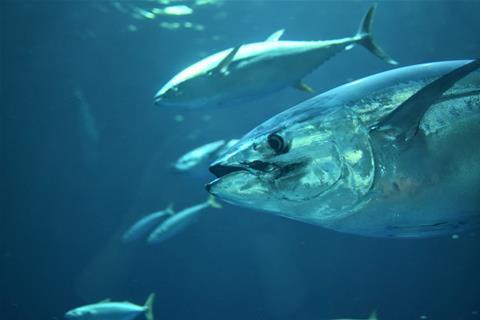
Tuna is dangerously overfished around the globe with some estimates reckoning Indian Ocean stocks are set for collapse by 2026.
British supermarkets are only too aware of the problem, with Tesco threatening to boycott Indian Ocean tuna unless swift action addresses the regional failures in managing the stock.
John West has often found itself in the eye of the storm. It was dropped by Tesco in 2016 after The Times revealed it had reneged on a promise to stop using destructive fishing practices.
Now however, the company has sought to place itself at the forefront of efforts to address the illegal and unregulated fishing that drives so many of the problems.
In March, John West’s owner, Thai Union, announced a partnership with US environmental group The Nature Conservancy, as part of a commitment to “full supply chain transparency.”
The plan will involve deployment of electronic monitoring on all partner vessels – including onboard video cameras, GPS and sensors to automatically track activities onboard – and/or human observers.
Mark Zimring, director of The Nature Conservancy’s large-scale fisheries programme, says the current absence of on-board monitoring “makes regulation of even the most vulnerable fisheries difficult”.
“By partnering with one of the biggest players in the seafood supply sector to plug this data gap, Thai Union and TNC have a real chance to achieve durable change at a global scale.”
Alaskan salmon count
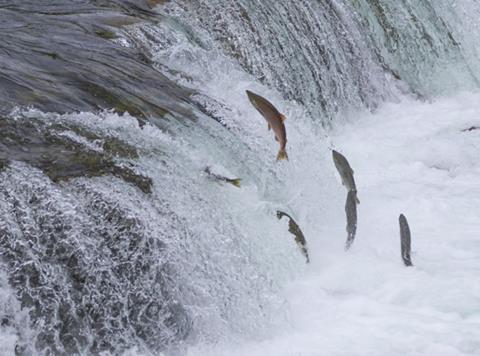
It is hard to understate the importance of salmon in Alaska – the home of one of the largest remaining wild salmon runs in the world. It’s valued so highly that when Alaska gained statehood in 1959 it even wrote the requirements for sustainable fishing into its constitution.
It means biologists are on site across Alaska with the authority to make real-time decisions on catch levels throughout the season.
The process is in many ways rather simple. Biologists spend the summer in towers overlooking the river, counting the number of salmon that swim past. By comparing this figure to the number of salmon known to be needed to spawn to maintain a robust salmon population next year, catch limits are set and often adapted on a daily basis.
The importance of salmon means most fishermen support the policy, even on days when they go home empty-handed, says local biologist Tim Sands.
According to Paul Greenberg, a fishing expert and author, the management in the region “proves that fishers and conservationists can work together, and these alliances need to become more common if fishing is to have a future,” he wrote in The Guardian.
Dogger Bank bottom trawling ban
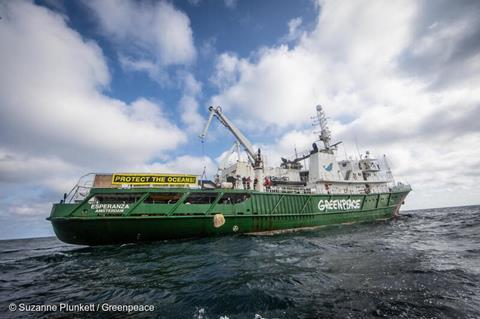
Britain’s ‘marine protected areas’ are not always the safe havens many conservationists wish them to be. Despite now covering an area twice the size of England, critics have often dismissed them as ‘paper parks’ that rarely prevent destructive fishing practices from taking place.
This is set to change at four large MPAs off England. Under plans published by the government in February, bottom trawling vessels will be banned under new post-Brexit powers to protect marine life.
The biggest is Dogger Bank in the North Sea, where Greenpeace dropped dozens of boulders last autumn to disrupt trawlers. The site is the largest shallow sandbank in the UK and a habitat for critically endangered species such as common skate. It is also home to hermit crabs, flatfish, starfish and many other species.
The new laws would stop boats from dragging weighted nets along the seabed. Professor Callum Roberts of Exeter University welcomes the new protections, stating Dogger Bank is now “a ghost of what was once there”.
“New protection could lead to the beginnings of a recovery of a megafauna that used to thrive on the bank in astonishing densities: halibut, flapper skate, blue skate, longnose skate, angel sharks, turbot, brill, wolffish, conger eels, cod.”
Charles Clover, executive director of the Blue Marine Foundation, applauds “this bold first step towards protecting our offshore marine protected areas”. He calls Dogger Bank “a huge and ecologically important area which has been hammered by trawls and dredges for too long”.
The fishing industry has condemned the plans as a “shocking development” and a “brutal approach”, warning it will damage livelihoods.
“The proposals amount to a further sell-out of fishing,” says Dale Rodmell, assistant CEO at the National Federation of Fishermen’s Organisations. “It augurs ominously for other areas and for fishing communities in our increasingly crowded seas.”
Turtle excluder devices
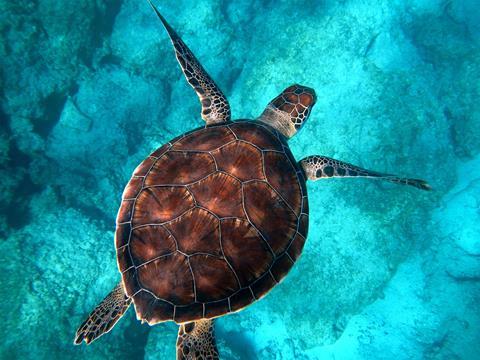
Fishing nets can be an imprecise tools for the job with unwanted fish, birds, and marine mammals often unwittingly entangled.
Some fisheries are consequently taking steps to minimise bycatch as much as possible.
Australia’s Northern Prawn Fishery, for example, has virtually eliminated accidental turtle bycatch by using turtle excluder devices (TEDs) that allow prawns to be kept while turtles can swim out of the nets unharmed.
Local fishing vessels have joined the efforts by adapting net shape and mesh sizes. The result has been to reduce bycatch by almost 44% with no prawn loss.
Species such as sawfish, however, can be harder to avoid. “It’s really hard for fishers to modify their fishing gear to prevent sawfish entanglements due to their unique long-toothed rostrum or ‘saw’,” says Matt Watson, MSC senior fisheries manager in Australia. “From hand-set nets to prawn trawlers, sawfish species are vulnerable to interactions with fishing gear. This is why it’s important industry and scientists work together to find solutions.”
Work is therefore underway to find said solutions. One proposal involves using electromagnetic fields to try and alert sawfish of the net in advance, before they become entangled.
Farmed shellfish
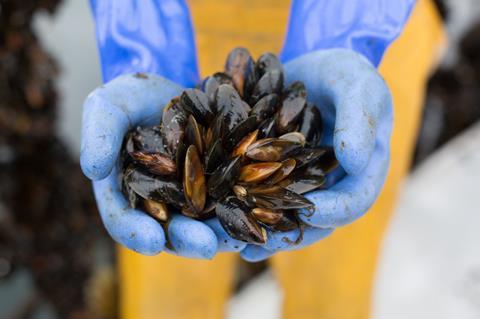
Are oysters, mussels and clams the key to sustainable protein? Unlike carnivorous fish such as salmon, that require fish to be shipped in from elsewhere as feed, bivalves need little sustenance.
No need for fishmeal, no need for antibiotics or destructive fishing practices. Shellfish even protect fragile ecosystems by filtering the water they live in.
A 2017 paper in The Solutions Journal called them the most environmentally sound farmed animals, as well as the least worrying when it came to welfare.
One of its authors, Jennifer Jacquet, wrote in The Guardian that of all animals that humans farm, bivalves best meet the requirements for minimal impact and minimal pain. “For the future of aquaculture, we should look toward the half-shell.”







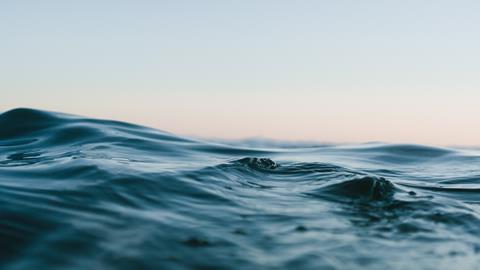

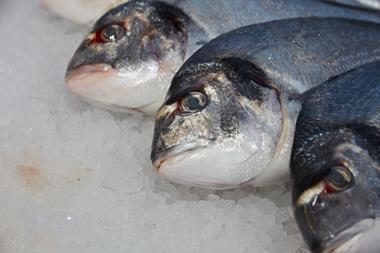

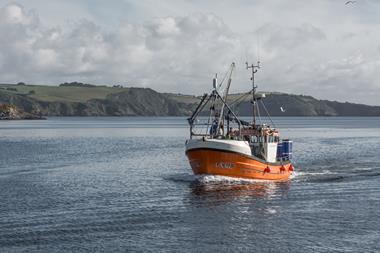
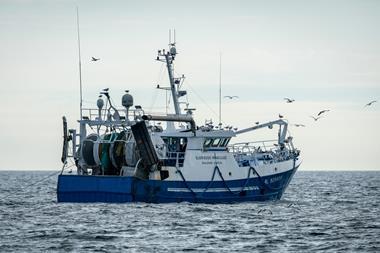






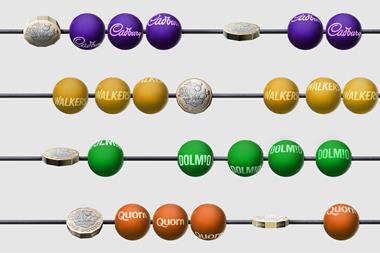
No comments yet